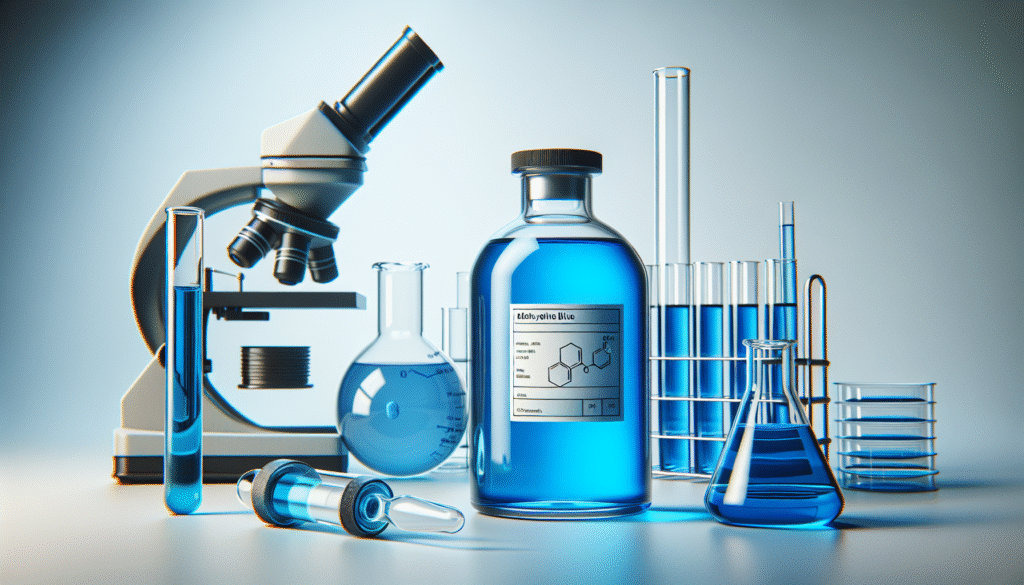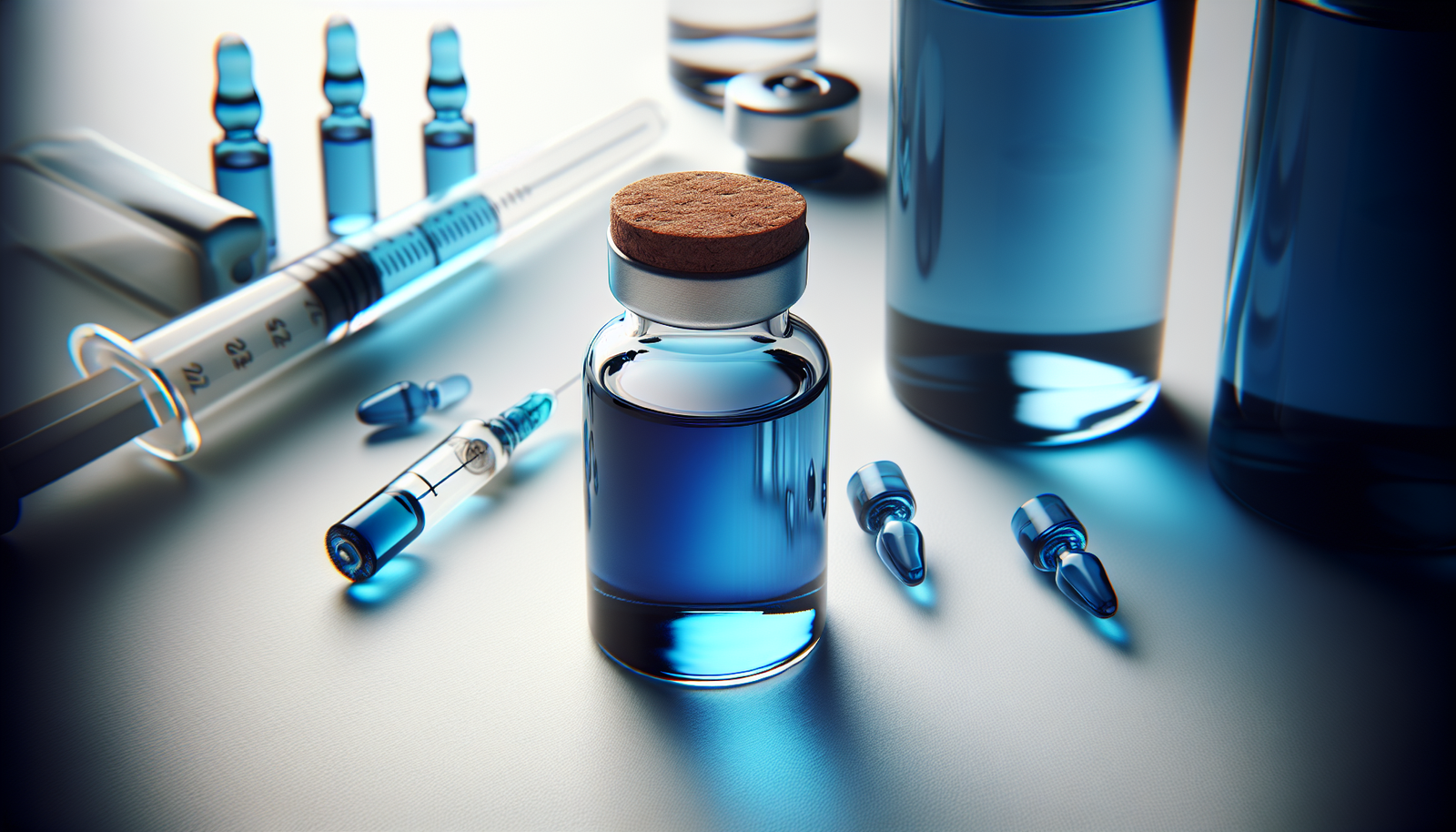
What if I told you that a simple dye has been utilized for centuries, not just in laboratories and textiles, but also in medicine? Have you ever considered the implications of such a compound on biochemical processes and treatment protocols? Methylene Blue, a compound that carries a rich history, is gaining renewed attention for its multifaceted applications. In this comprehensive article, we will discuss what Methylene Blue is, how it works, and the various contexts in which it is utilized, extending beyond traditional uses into contemporary research.
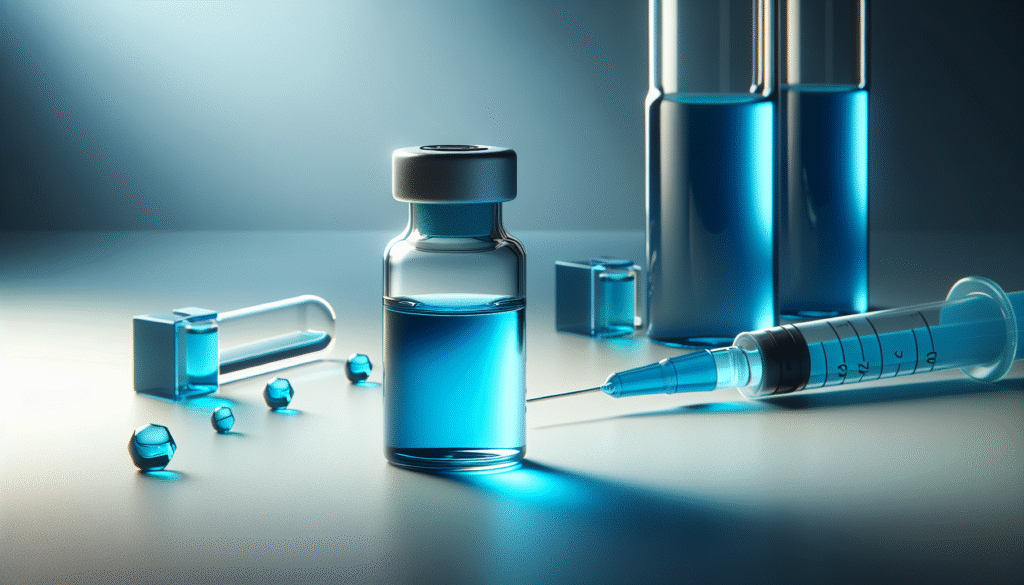
Understanding Methylene Blue
Methylene Blue, chemically known as methylthioninium chloride, is a synthetic compound that belongs to the class of phenothiazine dyes. First synthesized in the late 19th century, it has been predominantly used as a stain in microbiology and as a dye in various applications. More importantly, Methylene Blue exhibits intriguing properties that have paved the way for its use in medicine.
Chemical Composition and Properties
Methylene Blue is a thiazine dye that carries a bright blue coloration. Its chemical formula is C16H18ClN3S, and its molecular weight is approximately 319.85 g/mol.
The compound exists as a solid at room temperature, appearing in the form of crystalline powder or a concentrated solution. When dissolved in water, it imparts a characteristic blue hue, leading to its widespread adoption in both laboratory and medicinal contexts.
Historical Context
The history of Methylene Blue is woven into the tapestry of medical research and practice. Initially developed as a textile dye, it found its way into pharmaceutical applications near the turn of the 20th century. It was first used in the treatment of malaria and has since been explored for various medical uses, including as an antiseptic and a treatment for methemoglobinemia.
Mechanism of Action
Understanding how Methylene Blue works is crucial to appreciating its significance in medical practice and research. The compound interacts with cellular processes in several pivotal ways.
Role in Redox Reactions
At the core of Methylene Blue’s functionality is its role as a redox agent. This means that it can accept and donate electrons in biochemical reactions. This property is particularly relevant in cellular respiration, where Methylene Blue can act as an electron carrier.
Interaction with Mitochondria
Mitochondria are often referred to as the powerhouses of the cell, responsible for generating ATP (adenosine triphosphate) through oxidative phosphorylation. Methylene Blue has the capacity to enhance mitochondrial function by improving the efficiency of the electron transport chain, thus facilitating ATP production even in conditions where mitochondrial function is compromised.
Impact on Methemoglobinemia
Methemoglobinemia is a condition characterized by the presence of methemoglobin in the blood, which impairs oxygen delivery to tissues. Methylene Blue serves as a reducing agent that converts methemoglobin back to hemoglobin, thus restoring the blood’s oxygen-carrying capacity. The recommended dosing for adults typically follows a specific protocol to ensure efficacy.
| Condition | Role of Methylene Blue | Dosing Recommendations |
|---|---|---|
| Methemoglobinemia | Reduces methemoglobin, improving oxygen delivery | Initial dose of 1-2 mg/kg IV infusion |
Neuroprotective Properties
Emerging research indicates that Methylene Blue may possess neuroprotective qualities. Studies suggest that it can enhance cognitive function and may even hold promise in treating neurodegenerative diseases. This has broadened the scope of research into its applications beyond traditional confines.

Medical Applications
Methylene Blue’s multifaceted properties open doors for an array of medical applications, both established and experimental.
Traditional Medical Uses
-
Antimalarial Treatment: Historically, Methylene Blue was utilized in the treatment of malaria. Its efficacy in inhibiting the growth of malaria parasites led to its inclusion in therapeutic protocols.
-
Urinary Antiseptic: The compound has also been used in urology as a urinary antiseptic, owing to its ability to color urine, thus allowing tracking for surgical procedures.
-
Methemoglobinemia Therapy: As outlined earlier, Methylene Blue is approved for treating methemoglobinemia. Its rapid action makes it a critical intervention in this life-threatening condition.
Emerging Applications
-
Cognitive Enhancement: Recent studies have examined the potential of Methylene Blue to enhance cognitive function. Although research is in the nascent stage, preliminary findings indicate its benefits in improving memory and other cognitive functions.
-
Antioxidant Properties: Methylene Blue has shown promise as an antioxidant, combatting oxidative stress in various biological systems. This aspect is gaining attention for its potential implications in aging and chronic diseases.
-
Photodynamic Therapy: Researchers are exploring the role of Methylene Blue in photodynamic therapy for cancer treatment. It interacts with light to produce reactive oxygen species that can target and destroy malignant cells.
Risks and Precautions
Despite its benefits, Methylene Blue is not devoid of risks. It can cause side effects such as headaches, dizziness, and nausea. In certain populations, such as those with G6PD deficiency, it may lead to complications.
Before using Methylene Blue, consultation with a healthcare provider is essential to ensure it is safe considering individual health circumstances.
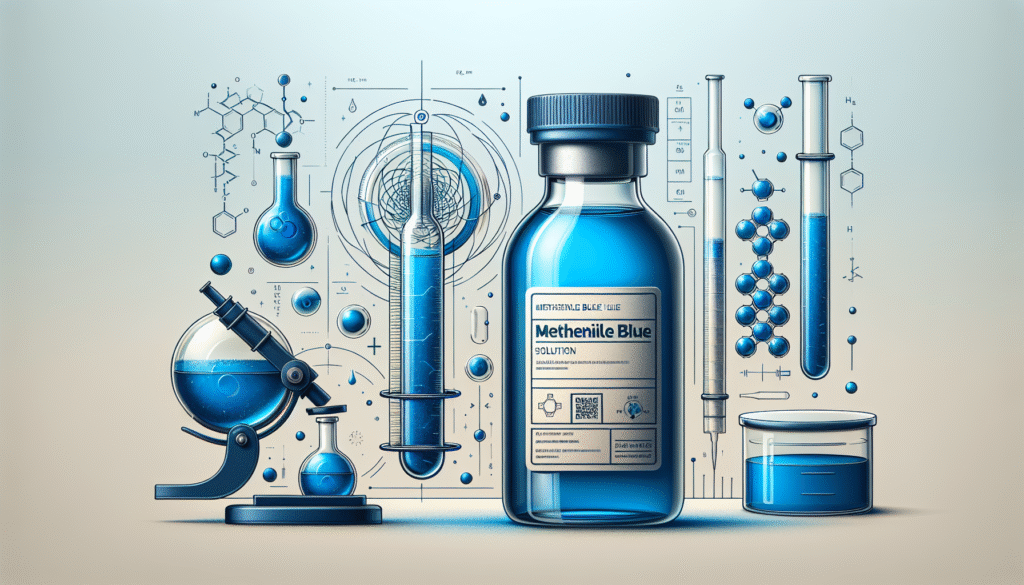
Scientific Research and Findings
Research on Methylene Blue is ongoing, contributing to a growing knowledge base regarding its potential applications.
Recent Studies
-
Mitochondrial Function and Aging: Research presented in recent years has focused on Methylene Blue’s role in enhancing mitochondrial function, especially in models of age-related decline. These studies underline its potential to reverse some detrimental effects of aging at the cellular level.
-
Behavioral Studies: Some studies have examined the effects of Methylene Blue on behavior and cognition, revealing intriguing results where the compound appears to enhance learning and memory in animal models.
-
Cancer Research: The synergy of Methylene Blue in photodynamic therapy has gained traction, with recent trials indicating its effectiveness against various cancer cell lines.
| Research Area | Key Findings | Future Directions |
|---|---|---|
| Mitochondrial Function | Enhanced ATP production in aging models | Human clinical trials necessary |
| Cognitive Enhancement | Improved memory performance in animal models | Assessing applicability in humans |
| Cancer Treatment | Synergistic effects in photodynamic therapy | Large-scale clinical trials needed |
Conclusion of Research
While the findings are promising, it is essential to approach them with caution. Further research is necessary to establish the safety and efficacy of Methylene Blue in these emerging areas.
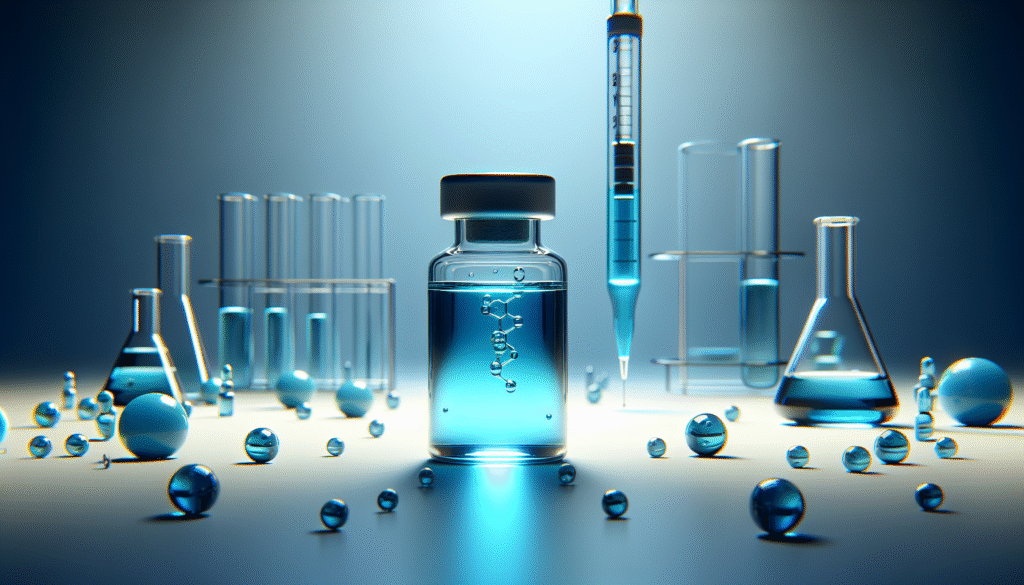
Conclusion
Methylene Blue stands as a remarkable example of how a compound can transition from a simple dye to a crucial player in medical treatments and biochemical research. Its diverse applications highlight not only its historical significance but its potential in contemporary medicine. Understanding the workings of Methylene Blue provides insight into its therapeutic role and may pave the way for future innovations.
As you consider the potential of Methylene Blue, it’s crucial to recognize that while its applications are vast, research is still evolving. Incorporating Methylene Blue into therapeutic regimens must be approached with a thoughtful understanding of its benefits and risks.
In the realm of medicine, knowledge is power, and being informed about the compounds that can influence our health is essential. Methylene Blue exemplifies the convergence of science, history, and hope for advancement in medical technologies and treatments.
